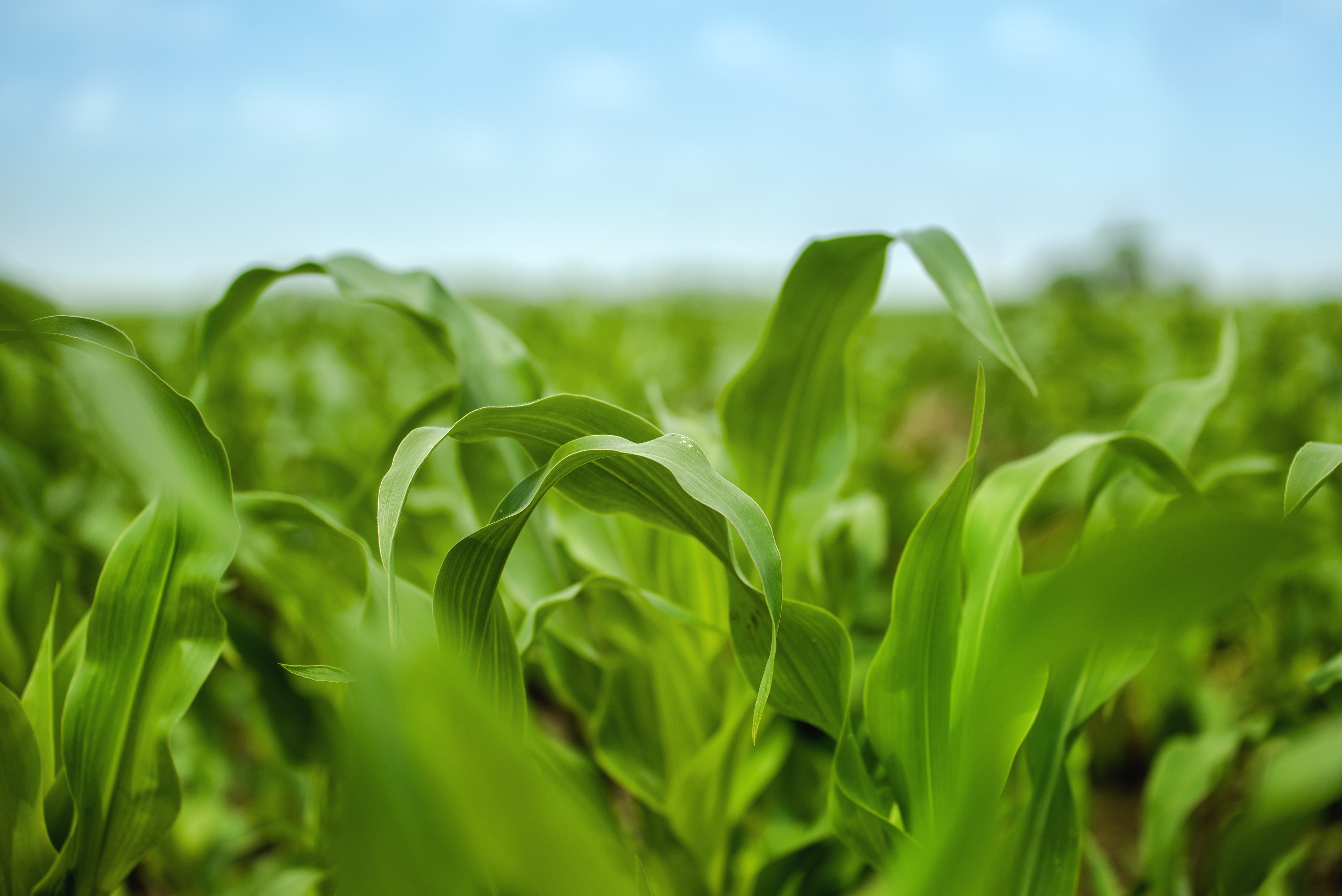
UC San Diego Team Identifies CO2 Sensor in Plants that Controls Water Loss
December 14, 2022| |
Scientists at the University of California San Diego (UC San Diego) have recently made a breakthrough in identifying the long-sought carbon dioxide (CO2) sensor in Arabidopsis plants and unraveled its functioning parts. Researchers have discovered more than 50 years ago that plants can sense CO2, but have not identified the sensor or explained how it works within plants.
In a paper published in Science Advances, UC San Diego project scientist Yohei Takahashi, Professor Julian Schroeder, and their colleagues identified the CO2 sensor mechanism and detailed its genetic, biochemical, physiological, and predicted structural properties. The research team found that plants sense changes in CO2 concentration by the reversible interaction of two proteins to regulate stomatal movements. The two plant proteins working together were identified as 1) a “high leaf temperature1” protein kinase known as HT1 and 2) specific members of a mitogen-activated protein kinase family, or “MAP” kinase enzyme, known as MPK4 and MPK12.
The team's findings have been filed in a UC San Diego patent and could lead to innovations in efficient water use by plants as CO2 levels rise. “If we can use this new information to help trees respond better to increases in CO2 in the atmosphere, it's possible they would more slowly dry out the soil. Similarly, the water use efficiency of crops could be improved—more crop per drop,” said Professor Julian Schroeder.
For more details, read the article in UC San Diego Today.
| |
You might also like:
- Australian Scientists Identify Natural Plant Mechanism for Water Loss
- Experts Develop Plant Wearables to Measure Water Loss
- Plants' Drought Response Now Uncovered
Biotech Updates is a weekly newsletter of ISAAA, a not-for-profit organization. It is distributed for free to over 22,000 subscribers worldwide to inform them about the key developments in biosciences, especially in biotechnology. Your support will help us in our mission to feed the world with knowledge. You can help by donating as little as $10.
-
See more articles:
-
News from Around the World
- Ghana Pushes for Biotech to Achieve Food Security
- UC San Diego Team Identifies CO2 Sensor in Plants that Controls Water Loss
- Updates on Biotechnology Adoption in India
- World's First Rice Seeds Grown and Harvested in Orbit in Chinese Spaceflight Returns to Earth
- GM Mustard DMH-11 Yields 28-37% More than Check Varieties
-
Research Highlights
- Ethiopian Sorghum Varieties Hold Traits for Drought Tolerance
- Experts Share Genetic Transformation Resource for Cassava
- DREB Mechanism Found to Mediate Resistance to Multiple Stress Factors in Banana
-
Read the latest: - Biotech Updates (December 17, 2025)
- Gene Editing Supplement (December 17, 2025)
- Gene Drive Supplement (February 22, 2023)
-
Subscribe to BU: - Share
- Tweet

